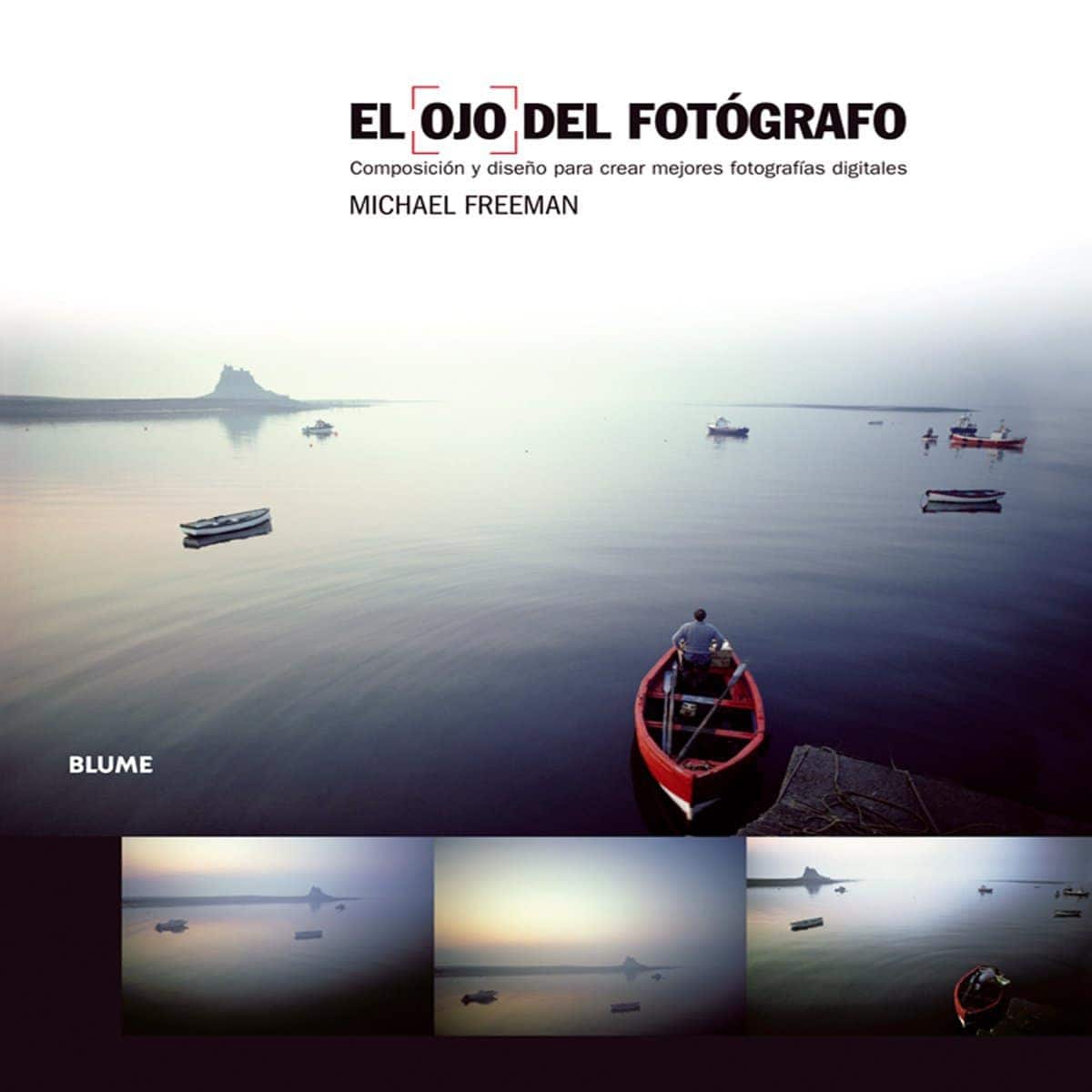Today I have the honor of presenting you with a new section of the photographer’s blog, this is the literary recommendation, a space in which we will review the photography books that we love the most Interesting not?
Why a space for photographic literary recommendations? Apart from the team we are lovers of reading, we consider books to be a great source of inspiration, understanding of this wonderful art, entertainment and learning, they are more than enough reasons to tell you, at least once a month. , of the books that have marked us the most, in love or helped us, I bet you stay?
- To begin.
- I will present The Eye of the Photographer by Michael Freeman.
- The first book in a very interesting collection.
This work intimately links photography to design, which makes it really interesting. Learn how to build an image. It guides you so that all the elements that appear in it form a harmonious unity and create a visual interest.
It is divided into 6 chapters
Through these six chapters, the author, with great dexterity and always talking about his own experience, shares the art of building a photograph. Explain in detail how to capture visually functioning images that engage the viewer.
It is ideal for you if you want to take one more step in your photographs, if the rule of thirds comes out without thinking you are able to skip the rules of composition and achieve images that work, but you feel that this problem escapes you. However, you can achieve something bigger, more interesting and you don’t know how.
Highly recommended also for photography or design students
It’s not for you if you’re a neophyte who has just arrived in the world of photography and is still familiar with the basic rules of composition, if that’s your case I recommend the digital publication edited by the Photographers Blog team. : Composition for a photograph full of life.
Born in England in 1945, Michael Freeman is a prestigious internationally renowned photographer and writer, with more than twenty publications specializing in travel photography, architecture and Asian art. He has worked for Smithsonian magazine and Time Life Books and National Geographic.
It is very complete, all the aspects that can pass through your head (and those that you don’t), you find them explained.
Include diagrams and series of images from the same scene so you can understand why a photo works or not.
The photos, everything is explained with examples of photographs taken by the author.
The quality of the editing is exceptional, both for the paper and for the images.
The font size is quite small. This is the price you have to pay for such a large amount of photos and that size.
This is not a fluid book that you want to read for fun to entertain yourself for a while, it can be a little dense, it is more didactic content or for those who know a more photographic or technical language.
Proximity, emotion, is not something to criticize, only that I felt some coldness and distance with the subjects photographed, probably because I move until the heartbeat of a butterfly and this man must be so accustomed to everything he does. He doesn’t care about the scene in front of him, an Indian breeder or an onion. Or maybe he doesn’t care, that’s what he transmits.
It focuses so much on the composition that I feel that it stands out from the story behind it, of which it can touch the viewer. In short, it’s a book about composition, about the photographer’s eye, not about the emotions or the photographer’s heart, I guess that’s what the other books are for, yet it’s something I personally missed.
You may be interested in these other publications by the author
This seems to me a very interesting option when it comes to opening the mind to photographic composition, a very pedagogical work and an excellent option to find out why an image works or not, to also know what is the best time to shoot. There is life beyond the three-thirds rule; PAGS
Reading makes us wiser, good reading! And if you thought it was interesting, don’t you forget to share it?

